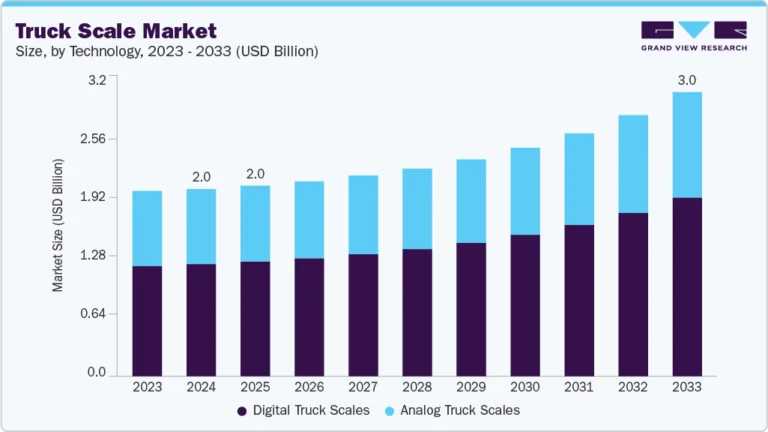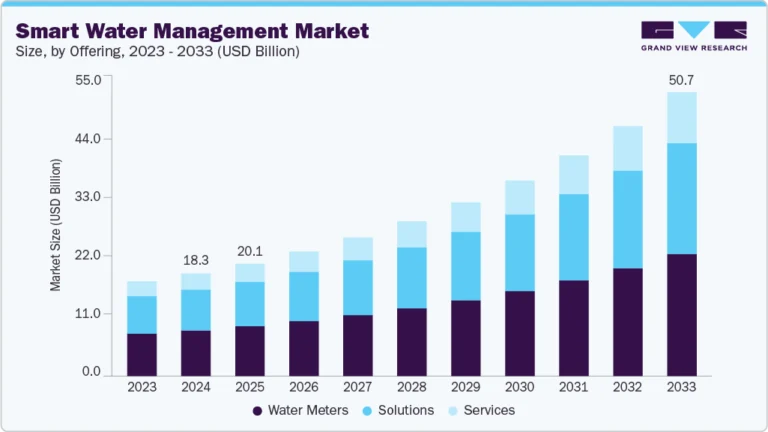Net-zero Energy Buildings Market Size, Share & Trends Analysis grow at a CAGR of 17.5% from 2024 to 2030

The global net-zero energy buildings market size was valued at USD 46.60 billion in 2023 and is projected to grow at a CAGR of 17.5% from 2024 to 2030. As global temperatures rise and extreme weather events become more frequent, there is a heightened urgency to reduce carbon footprints. This awareness has led governments, businesses, and individuals to seek solutions that mitigate environmental damage. Net-zero energy buildings (NZEB)s are a viable response to these challenges, as they minimize energy consumption and generate renewable energy on-site, effectively reducing reliance on fossil fuels.
Request a free sample copy or view report summary: https://www.grandviewresearch.com/industry-analysis/net-zero-energy-buildings-nzebs-market/request/rs1
Starting in 2030, the European Union (EU) aims to elevate the standard for new constructions from nearly zero-energy buildings to zero-emission buildings. Zero-emission buildings are designed to minimize energy consumption and eliminate greenhouse gas emissions associated with their operation. It includes reducing reliance on fossil fuels and ensuring that any remaining energy needs are met through renewable sources.
As consumers become more environmentally conscious, there is an increasing demand for sustainable living spaces that reflect their values. Homebuyers and tenants actively seek properties offering eco-friendly features such as efficient insulation, smart home technologies, and renewable energy systems. This shift in consumer preferences drives developers to prioritize net-zero designs in their projects to attract environmentally minded clients.
Furthermore, according to the United Nations (UN), the buildings and construction sector significantly contributes to global greenhouse gas emissions, accounting for approximately 37% of total emissions. This staggering figure highlights the urgent need for sustainable practices within the industry. The primary reasons behind these emissions are materials such as cement, steel, and aluminum, which have high carbon footprints due to their energy-intensive production processes. Consequently, net-zero building structures are designed to produce as much energy as they consume over a year, effectively minimizing their carbon footprint.
Component Insights
Solution and services dominated the market and accounted for a share of 53.3% in 2023. Software solutions that facilitate real-time monitoring and optimization of energy consumption are becoming essential tools for achieving net-zero goals. The proliferation of Internet of Things (IoT) devices enables buildings to collect vast amounts of data on energy usage patterns, which can be analyzed to improve efficiency. As these technologies evolve, they create opportunities for specialized software providers to develop tailored applications that meet specific needs within the NZEB framework.
The equipment segment is expected to register the fastest CAGR of 18.0% during the forecast period. The emergence of smart technologies has revolutionized how buildings consume energy. For instance, smart lighting systems with sensors can adjust brightness based on occupancy or natural light availability, significantly reducing energy waste. Similarly, modern HVAC systems utilize variable refrigerant flow technology and advanced controls to optimize heating and cooling based on real-time data. These innovations enhance comfort and lead to substantial cost savings over time, making them attractive investments for building owners aiming for NZEB certification.






